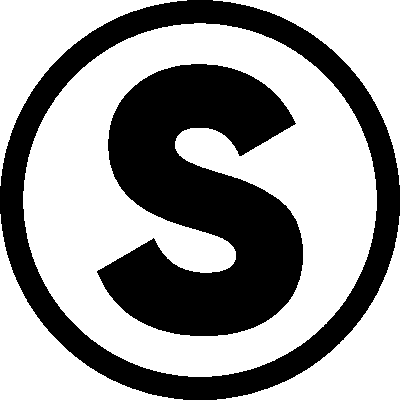How to Prepare for Your First Meeting with a Designer
Meeting with a designer for the first time can be an exciting step toward bringing your vision to life. To ensure that the initial consultation is productive and sets the foundation for a successful collaboration, it's essential to come prepared. Here are some tips on what information and materials to bring to your first meeting with a designer.
1. Define Your Goals and Objectives
Before the meeting, take some time to think about your goals for the project. Consider the following questions:
What do you want to achieve with this design?
Are you looking to rebrand, launch a new product, or create marketing materials?
What are your target audience and key messages?
Having a clear understanding of your objectives will help the designer grasp your vision and tailor their approach accordingly.
2. Gather Relevant Materials
Collect any materials that can provide context and inspiration for the designer. This might include:
Existing Branding Materials: If you have an established brand, bring along your logo, color palette, typography, and any other relevant design elements. This helps the designer understand your brand identity and how to align with it.
Examples of Inspiration: Gather examples of designs you like, whether they are from competitors, other industries, or personal favorites. This can include images, print materials, websites, or anything that captures the style and feel you want for your project.
Project Specifications: If applicable, provide details about the project, such as dimensions, formats, and any specific requirements or preferences.
3. Prepare a Budget Range
Understanding your budget is crucial for the designer to tailor their proposals to your needs. Consider the following:
Budget Constraints: Have a rough idea of how much you are willing to invest in the project. This can help the designer suggest solutions that fit within your budget while still delivering quality results.
Prioritize Needs vs. Wants: Identify which aspects of the project are essential and which are more flexible. This can guide the designer in making informed recommendations.
4. Be Ready to Discuss Timeline
Establishing a timeline is essential for keeping the project on track. Think about:
Deadlines: Are there any specific deadlines you need to meet, such as a product launch or event?
Availability: Consider how much time you can dedicate to the project for reviews and feedback.
Having a clear timeline helps the designer plan their work and set expectations.
5. Open Your Mind to Collaboration
Approach the meeting with an open mind and a willingness to collaborate. The designer may have valuable insights and suggestions based on their expertise. Be prepared to discuss:
Your Vision: Share your thoughts and ideas openly, even if they are not fully formed. This can spark new conversations and help the designer understand your perspective.
Flexibility: While you may have specific ideas, be open to exploring alternative solutions and recommendations from the designer. Their experience can lead to creative outcomes you might not have considered.
6. List Questions to Ask
To make the most of your time, prepare a list of questions you’d like to ask the designer. This could include:
What is your design process like?
How do you handle client feedback and revisions?
Can you provide examples of similar projects you've worked on?
What is your estimated timeline for this project?
Having these questions handy ensures you get the information you need to make informed decisions.
Conclusion
Preparing for your first meeting with a designer can set the stage for a successful partnership. By defining your goals, gathering relevant materials, understanding your budget, establishing a timeline, being open to collaboration, and asking the right questions, you can make the most of this initial consultation. With a solid foundation in place, you'll be well on your way to creating a design that truly reflects your vision and resonates with your audience.
